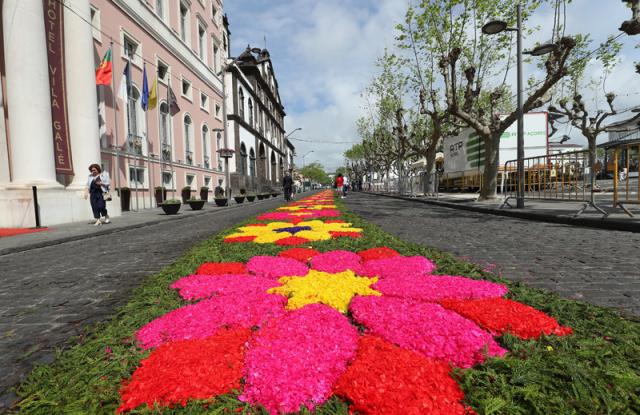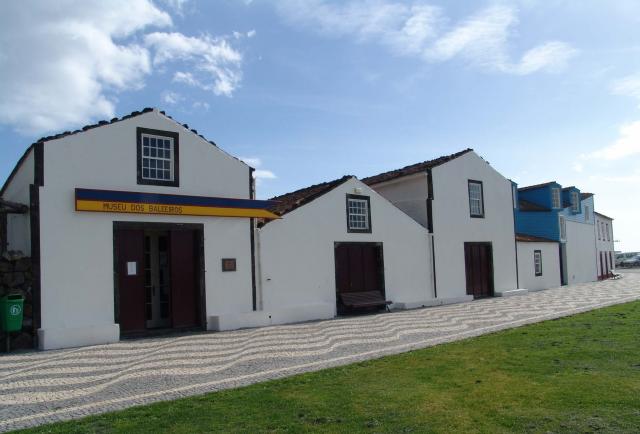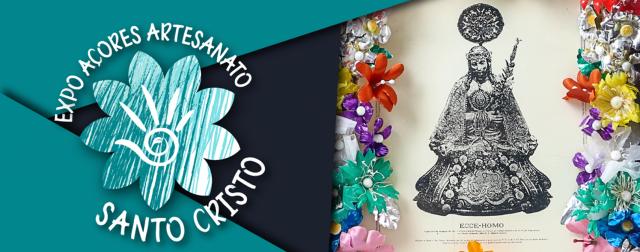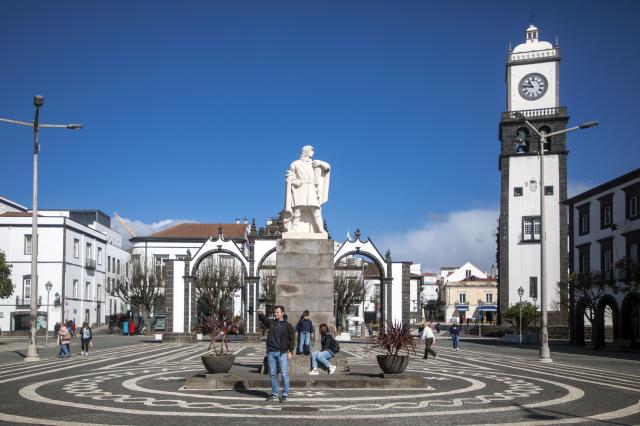Autor: Célia Machado
The yoga teacher
visits the beach almost every day, for bathing in the sea, both in
summer and winter, and this is not the first time he finds objects
like this one, which he collects because he "usually removes
plastic waste from beaches", as he tells us.
On October 26, when he made the discovery, he thought of a French friend who very much likes to talk about the place she moved to a few years ago.
“There was a click in my head and I immediately thought of
Pico Island, where my friend Isabelle lives. I recognized Pico by
name, mainly thanks to her, who is a great ambassador for the
island”, he tells us.
Still, and to be sure, he turned to the
internet for a quick search where he confirmed that it is the name of
a village in Pico Island, in the Portuguese archipelago of the
Azores.
Le Gourriérec was more than surprised when he realized
that, among the objects he had already collected and managed to
identify the origin, this was the one that made the longest trip.
Now, he tells us, he wants to meet the owner of the boat.
When Le
Gourriérec told his friend about his finding, she posted on social
media about the subject and that was how this “meeting” came to
our attention. Now, although the Captaincy of the Port of Ponta
Delgada was unable to give us any information, such as the boat
owner's name, we found out that “Lajes do Pico” is the name of a
fishing boat, 30 meters long and eight in width. Built in 1999,
initially for pole-and-stick tuna fishing (currently it is a
longliner), the boat is registered in the port of Ponta Delgada;
however, the buoy journey was shorter than one might think.
“Lajes
do Pico” is one of the Portuguese surface-longline vessels
authorized to operate in Spain, according to the Portuguese-Spanish
agreement. Therefore, it is authorized to fish in the neighboring
country's waters in the first two weeks of every month. On October
29, for example, three days after the buoy was found, the vessel was
in Spain, in the Port of Santa Uxía de Ribeira, in Galicia, from
where it left on November 5th.
I want to know the Açores!
If Benoît was already curious about the Azores, now that urge has intensified. And he is already thinking about paying a visit to his friend who lives in Pico.
Isabelle Clerc, Benoît's French former
co-worker, has been living in Piedade, Pico, for a few years now,
with her partner Thomas Dufour and their son. They are in love with
the island's peace and quiet, which helps raising Ulysse (now a
little bigger) in a healthier environment.
They settled in
Piedade and it has been their home ever since: she paints tiles and
he is a forestry engineer, working remotely most of the time (he was
the subject of a previous AO piece), while their child absorbs both
the culture of the country of origin and that of the community in
which he lives.
In addition to occasionally hosting French family
members and friends in their home, they don't shy away from talking
about the island's beauties to those who haven't experienced it yet.
Because of that buoy, Benoît now has an additional reason to finally
get to know the archipelago.
“I am even more eager to go to the
Azores, particularly to Pico: to explore this island in the middle of
the Atlantic, to see Isabelle and to get to know her tile workshop.
And, who knows, to organize a yoga retreat there with students from
France and other countries”.
“And, of course, to find the owner of this buoy!” he concludes.





